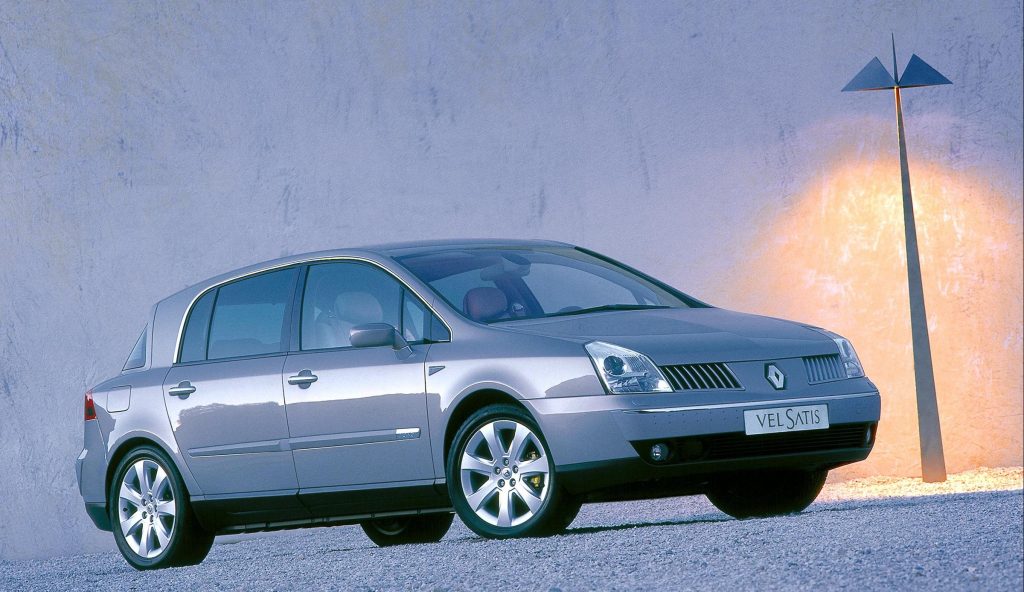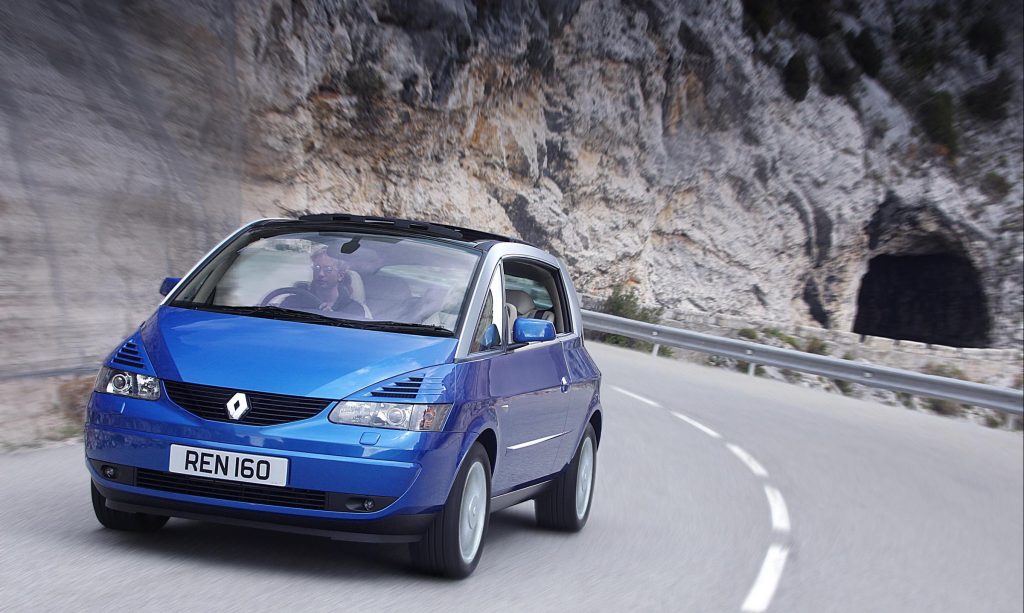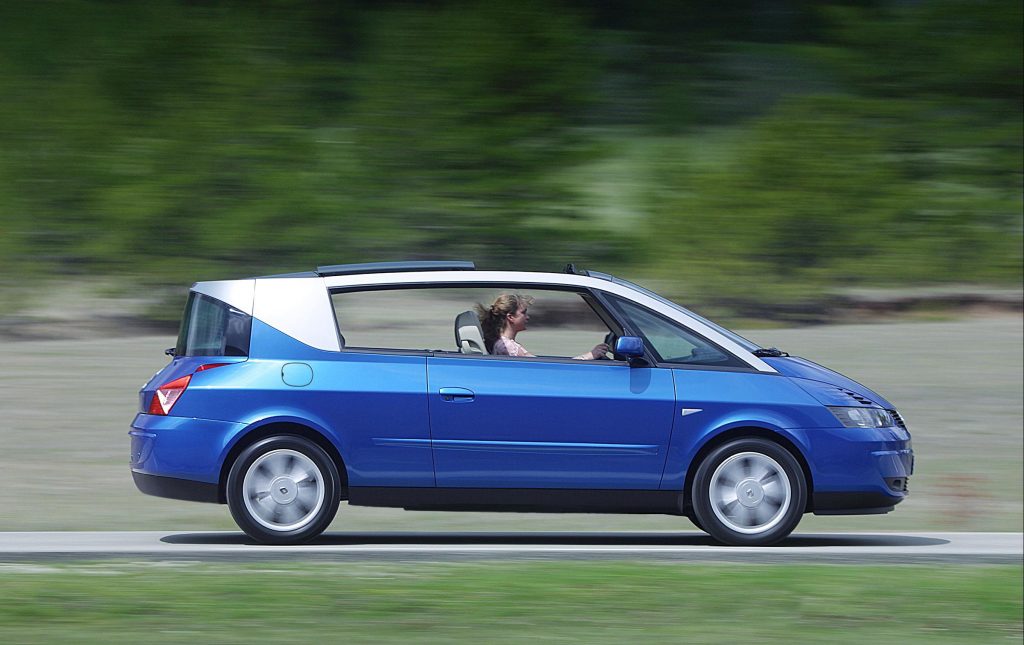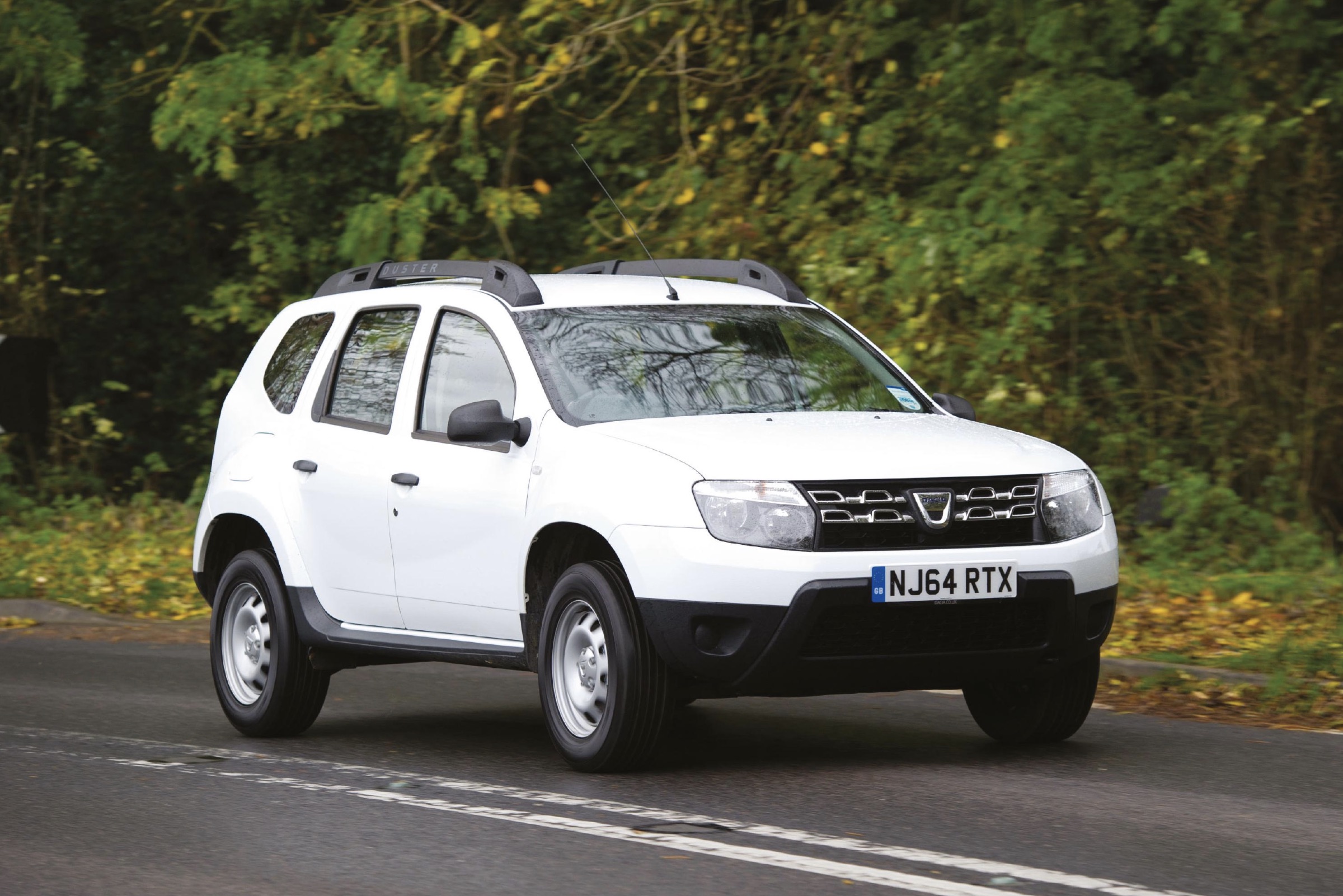It’s the new millennium, and an exciting time to be a fan of the Renault brand. The company is riding high in motorsport, having spent much of the last decade at the top of Formula 1, BTCC and the high-revving F2 rallying class. Hot Clios with both four and six cylinders (and engines both in front and behind) are rolling out of Dieppe and (in the V6’s case) Uddevalla in Sweden, and what’s more, design chief Patrick Le Quément has some truly barmy vehicles on the drawing board. And none came more barmy than the Renault Avantime.
Le Quément’s styling direction at the time reached its zenith with the second-generation Mégane of 2002, but the Avantime got there before it, and both were effectively previewed first by 1995’s Initiale concept, and then more overtly by the Vel Satis concept of 1998.

Vel Satis – the concept, rather than the eventual production car of the same name – was a low-slung, four-seater coupé with a one-and-a-bit-box silhouette, the “and-a-bit” being a curved rump behind an upright, but laterally curved, rear glass. The front, meanwhile, was as wedgy as anything that came from the 1970s, stretching in an almost unbroken arc to the top of the aforementioned rear screen.
It hinted at Le Quément’s desire to both cast off Renault’s ultra-conservative recent past (typified by cars like the 21 and the Safrane), and also express the best elements of French design in architecture, fashion and luxury in an automotive form.
He was arguably more successful at this than Citroën offshoot DS’s later attempts at the same. Le Quément’s Renault tried to genuinely innovate with forms and concepts (sensation of space, for instance, was hugely important – just as it had been with Renault’s iconic Espace and Le Quément’s own Twingo), whereas DS simply created conventional cars with slightly fussy detailing, like a Hermès handbag.
Commercially the Mégane II of 2002 was probably most remarkable – probably the last C-segment family car to adopt a genuinely novel shape, echoing the Vel Satis concept’s tail end if not its wedge-like nose. TV adverts played on the unusual rear, to the tune of Groove Armada and Fatboy Slim’s ‘I See You Baby’ (whose refrain, if you don’t remember, continues “…shakin’ that ass”), but the quirk didn’t seem to affect its sales potential against far more conservative rivals.
The production Vel Satis launched in 2001, on the other hand, was undoubtedly a step too far. Its front end was more like the concept, the rear less dramatic, and the bit in the middle a lot taller, for a large and surprisingly luxurious cabin. It wasn’t without merit, but those merits were few and far between, and where they did exist conferred little advantage over far more conventional, not to mention more prestigious, rivals.

Then there was the Avantime.
Like the Vel Satis, it sold poorly. So poorly in fact (just over 8500 units from 2001-2003) it effectively sank Renault’s partner Matra, which had been commissioned to build it when Renault pulled the Espace in-house. But today it’s viewed with considerably greater fondness than the Vel Satis – perhaps because after two decades it’s still virtually impossible to think of a rival, and it therefore stands proud as something truly unique on the road.
Ostensibly, it’s a four-seat Espace. If that sounds like a curious concept, consider that it actually wasn’t all that spacious despite its sizeable stature, the rear seats in particular being a little cramped and the boot nothing to shout about. By MPV standards it handled well, but next to a conventional coupé, it was about as dynamic as you’d expect. And while the powerplants were adequate – a 2-litre turbo four and a 3-litre V6 similar to that found in the Clio V6 – Renault neglected, at least in the UK, to offer the turbodiesel engine that was becoming obligatory for decent sales potential in the early 2000s.
Still, we come back to its uniqueness. Everything that makes an Avantime an Avantime, even the parts that are objectively below-average next to its contemporaries, today contribute to an ownership experience you cannot find anywhere else.
No other car has the Avantime’s colossal double-hinged doors. None have its kite-like rear light clusters, and even the grandest coupés from Mercedes-Benz can’t match its expansive pillarless sides and enormous glass roof panels. Only recently have vehicles wearing the word “coupé” offered a similarly lofty driving position, but all of those are claustrophobic SUV-based things, designed to shield you from the world rather than – like Le Quément’s prior project, the Twingo – make you feel a part of it.
It should come as little surprise that the Avantime already has a cult following. You’ll find the best examples for sale through tight-knit owners’ communities, and even outside of those, prices have been steadily creeping upwards for the past few years (though it remains a relatively affordable car, for the time being). There’s quite a range when it comes to condition too, common Avantime maladies including corrosion on the alloy roof bars, rubberised interior plastics looking rough, and cambelt failures on 2-litre cars.
But no classic, future or otherwise, is without its issues, and we frequently deem the ownership experience worth it in return for a driving experience that can’t be found anywhere else. If that doesn’t apply to the Avantime, then we don’t know what does.
Read more
Take a chance on me: The £200 Renault Safrane that paid off
Unexceptional Classics: Édition française
22CV: Citroën’s V8-powered Traction Avant remains a riddle

















Four seats, but Five seat belts? Poor Boot space, you have to be joking! Even more if you lower the rear seats.
Has this author ever looked at an Avantime?
Hello Colin, appreciated since launch, looked at, and even considered buying several times, hence choosing to cover it here as a future classic.
On the seats I should probably have added the word “proper”, since the middle pew is pretty stingy and given rear space is already compromised, it’s not a place I’d personally want to travel in for any length of time. On the boot, while the volume is fine, the shape rendered by the tailgate isn’t ideal, and once again in context of the physical size of the car, it’s hardly enormous.
Assuming your issues all centre on a single line about space though, I hope you enjoyed the rest of the article.
You have 3 boot options !!!..and it’s massive..he obviously never moved the parcel shelf around…adequate engines…3.0 v6 210hp..twin cam per bank..24v….AND.!!! variable valve timing in 2000 !!OH but its AUTO.. but if you rtfm…..you find it has SEQUENTIAL SHIFT…and goes like a scolded cat if push your foot right down to the 2nd kickdown…I run out of road and shut off before it ever gets to max velocity…must find a long straight…130+ having owned lots of performance cars..including ferrari…this is VERY entertaining…and mines fitted with 18″ wheel and handles a treat….the owner I bought mine from had owned four years and didn’t know it had sequential shift..!!! When I demonstrated how fast it was ..he said mmm I don’t think I want to sell it now…deal done cash paid goodbye…please test drive one ..remember two stage kickdown…put your foot flat ..then hold on..
Hello Greg, thanks for your comment. Having driven a Ph2 Clio V6 (with the same basic engine but considerably less weight and 40bhp more) I’m well aware of the engine’s capabilities.
I’m sure the Avantime is entertaining in its own way, but in context of its contemporaries the Avantime was not a performance car, nor did Renault design it to be. And the availability of solely petrol engines in the UK undoubtedly limited its sales potential, which was the point of my comments on its engine lineup.
I’m driving a Avantime since 2001 June, and now 173.000km later I’m still impressed by it space. But now I’m going for riding electric, so I di sell my 2.2 dCi Avantime. He start to losing some oil and this is not wath I want from a car like this. I would like to know if they are some people (read collectioneurs) who are interested? I always could send pictures, the car is in excellent state, it was a kind of baby all those years…
Hello Geert, thanks for the comment. Glad you’re enjoying your Avantime. There will undoubtedly be collectors for the model at some stage, though the market is difficult to comment on at the moment.